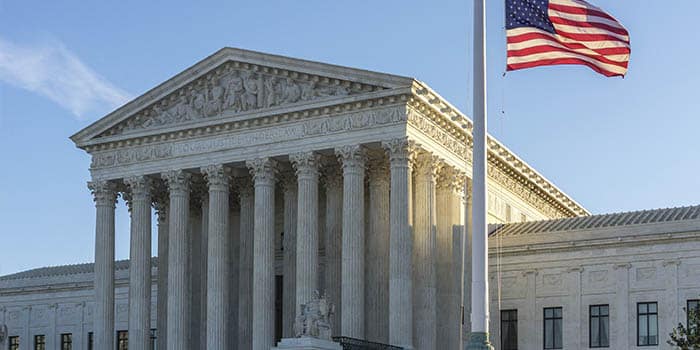A New York bookie was apprehended for hiring gang members to murder someone he disliked, and despite the police intervening before any harm was done, he was ultimately convicted


The US Supreme Court is looking into a tricky legal question: can someone commit a “crime of violence” under the Armed Career Criminal Act (ACCA) by doing nothing instead of using physical force? This case revolves around mafia bookmaker Salvatore “Fat Sal” Delligatti, a New York resident with ties to the Genovese crime family.
Bookmaker Case Challenges Legal Notions of Violence
Delligatti was caught hiring gang members to kill someone he did not like. Even though the police stopped the hitmen before they could do anything, Delligatti still ended up convicted of attempted murder. He also got charged with having a gun while planning a violent crime, which adds at least five years to his sentence.
Delligatti’s lawyer, Allon Kedem, made a case to the justices that crimes committed through inaction should not be labeled as violent. He pointed out that “using physical force” suggests applying force to a victim, which, he claims, did not happen in Delligatti’s scheme. Kedem proposed that the legal difference could be compared to situations where someone’s lack of action, like not giving medical care, leads to harm but is not considered an act of violence.
The justices looked into various made-up scenarios to shed light on the legal limits of when doing nothing can be a crime. Justice Elena Kagan asked if letting someone suffer because of carelessness could ever be the same as using force. She pointed out how “absurd” it might be to call such acts violent. Justice Neil Gorsuch brought up another imaginary situation. He talked about someone on purpose not stopping another person from walking into danger. He wanted to know if this could also be seen as using violent force under the law.
Justice Department Defends Tough Stance on Gun Violence
Eric Feigin, a representative for the Justice Department, stood up for the current reading of the law. He stressed that federal laws aim to reduce gun violence by setting tough punishments. He claimed that even without physical touch, letting harm happen by doing nothing could still count as helping violence. This applies to cases where people mean to neglect or act leading to bad harm or death.
This case shows how the Supreme Court keeps wrestling with what makes a violent crime more violent because federal courts do not agree on how to use this charge. In a rare move, even the Justice Department said the Supreme Court should look at this case. This highlights the need to have clear rules that all lower courts can follow.
Experts expect a decision by the summer of 2025 that could have a big impact on how courts apply the ACCA’s elements clause in future cases involving indirect harm. The ruling will either back up current standards or change how federal courts look at violence-related gun charges in cases where someone fails to act. This could reshape the legal landscape for firearm offenses tied to crimes of omission.

